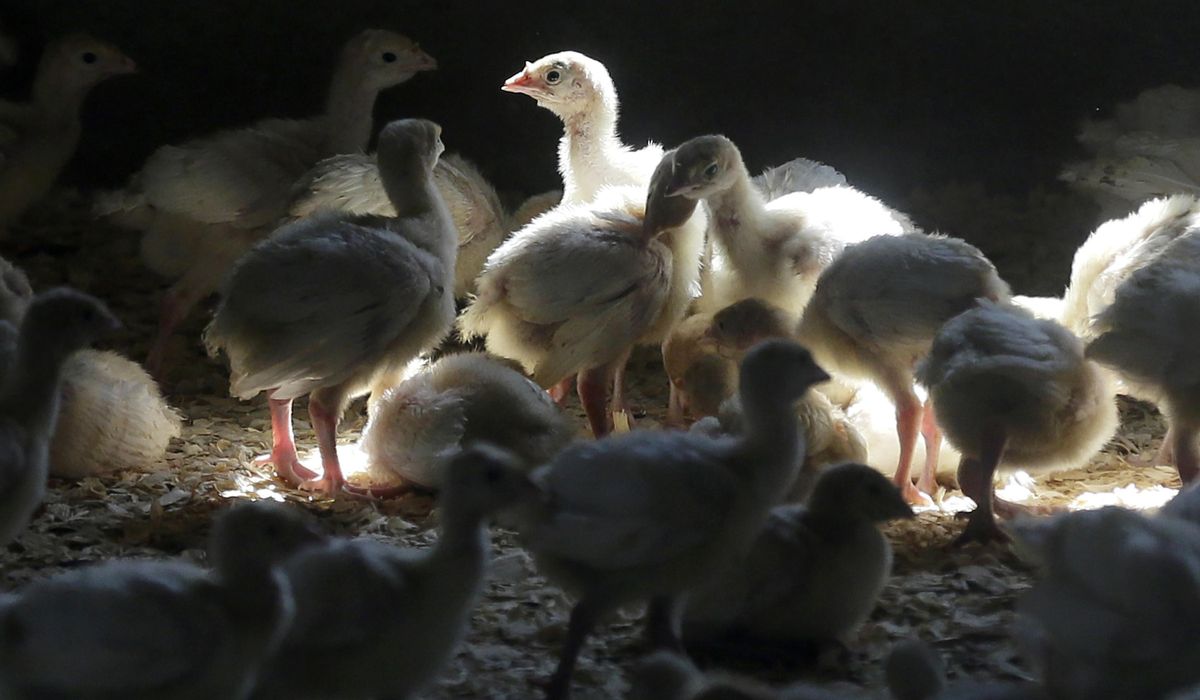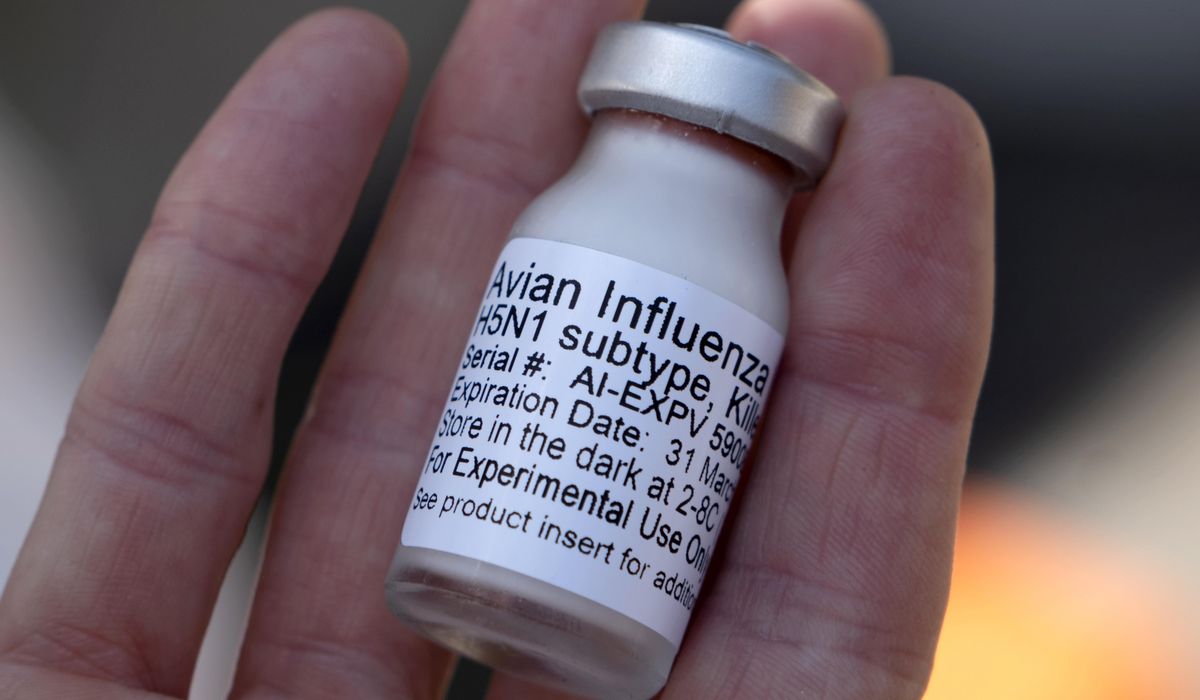Recovery of Egg and Poultry Prices Amidst Diminished Severity of Bird Flu Outbreak
November 14, 2023 | by Kaju

OMAHA, Neb. — A total of 5 million chickens, turkeys, and other birds have been slaughtered this year due to an ongoing bird flu outbreak that originated in 2022. While this figure may seem significant, it is substantially lower than the 58 million birds that were culled last year, indicating a reduced impact on poultry and egg prices for consumers.
In comparison to the previous year, the 4.6 million birds killed this year is positive news. However, the continued presence of infections suggests that the current virus strain has managed to endure through the summer, posing an ongoing risk to the poultry industry.
The primary issue with bird flu lies in its highly contagious nature, easily spread by wild birds through droppings and nasal discharges, and its ability to mutate over time. Despite farmers’ best efforts, preventing the virus from infiltrating flocks has proven to be challenging.
Veterinarian Denise Heard from the U.S. Poultry & Egg Association noted, “The industry is definitely on high alert.”
As migratory geese and ducks begin their journey south for the winter, bird flu cases have unsurprisingly emerged in farms located along the major flyways in states such as Minnesota, Iowa, and South Dakota. Although most cases involve limited numbers of birds, a significant culling of 1.2 million birds at an Iowa egg farm and 940,000 chickens at a Minnesota egg farm took place last week following the detection of the disease.
Despite these challenges, only a small fraction of the total flock nationwide has been affected this year, leading to a gradual decrease in prices, approaching pre-outbreak levels.
PHOTOS: The Bird flu outbreak isn’t over, but it’s less severe, helping egg and poultry prices recover
Egg prices reached a national average of $4.82 per dozen in January, doubling from the $1.93 per dozen recorded a year earlier before the initial bird flu case confirmation. However, last month, prices had dropped to $2.07 per dozen, as indicated by recent data releases.
While turkey and chicken prices have also surged over the past two years, it is important to note that bird flu is not the sole contributing factor, with increased feed, fuel, and labor costs playing a significant role in the widespread inflation affecting the entire economy.
The average price per pound of a whole chicken has steadily risen since January 2022, reaching $1.93 per pound in October from $1.86 a year ago. Contrary to this trend, chickens raised for meat in the southeastern regions, where fewer cases have been reported, have not been as severely impacted by bird flu. Additionally, these chickens have a shorter lifespan before being processed for meat, reducing the risk of infection.
While there is no available data on retail turkey prices, USDA reports indicate a decline in wholesale frozen turkey prices, averaging $1.15 per pound in October compared to $1.79 per pound the previous year and $1.35 per pound in the year before that. Moreover, a significant portion of this year’s turkeys are already in cold storage, minimizing potential impact on the current holiday supply even if more turkey farms encounter the virus.
Furthermore, retailers often heavily discount turkey prices in anticipation of increased consumer spending on Thanksgiving fixings, potentially leading to further reductions in prices for consumers.
Jada Thompson, an agricultural economist at the University of Arkansas, expressed optimism, stating, “We’re in a really good spot for Thanksgiving turkeys. I think there should be a lot of relief coming in the holiday season.”
Several factors have contributed to the sharp decline in bird flu cases this year. Notably, the significant reduction in virus cases among wild birds observed by the USDA suggests that some ducks and geese may be developing immunity. Additionally, farmers have implemented heightened biosecurity measures to safeguard their flocks, including stringent entry protocols, farm vehicle sanitation, and infrastructure improvements to deter wild birds.
Veterinarian Denise Heard emphasized, “The biggest thing, of course, that we would stress from here is biosecurity, biosecurity, biosecurity.”
The USDA has invested $757 million in response efforts to the outbreak, primarily allocated to compensate affected farmers. Agriculture economists estimate additional industry losses of at least $1 billion from reduced sales and other associated costs, although the overall financial impact has yet to be fully assessed.
Although the current outbreak is more widespread than the 2015 bird flu epidemic, which resulted in the deaths of approximately 50 million chickens and turkeys across 15 states, the industry and government have effectively applied lessons learned from that experience, mitigating potential costs.
Officials have assured that bird flu does not pose a significant health threat to humans, with human cases being extremely rare and infected birds being prohibited from entering the food supply. Proper cooking to a temperature of 165 degrees Fahrenheit for poultry and eggs is known to eliminate any viruses.
While bird flu vaccines are under development and may offer assistance in the future, their current practicality remains limited. Challenges include the potential rejection of vaccinated birds by export markets, the requirement for individual bird vaccinations, and associated testing costs.
According to John Clifford, former chief veterinary officer for the United States, “It’s not economically feasible right now. And not just from the trade aspects, but just for the whole administration of it to the surveillance of it and the cost of all of that.”
focus keyword:The Recovery of Egg and Poultry Prices
RELATED POSTS
View all


